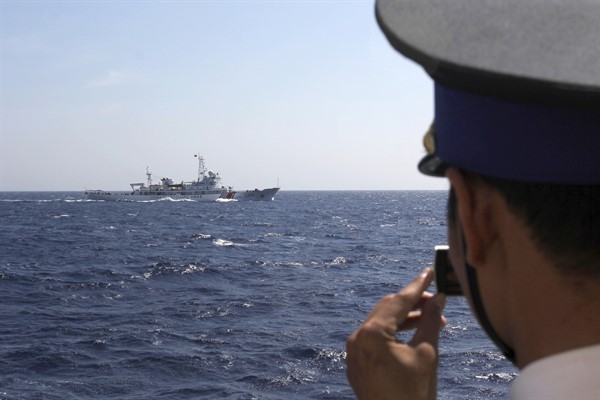Ukraine’s successes in resisting and even turning back an invasion by a numerically superior Russian force has raised expectations in East Asia that smaller nations in the region could conceivably fend off an attack from a large military like China’s. Taiwan, of course, has long struggled with executing such a defense strategy, but since its strategic considerations are in many ways unique, other countries nominally threatened by China may not be able to draw as many lessons from Taipei’s experience. Ukraine’s performance in its war against Russia, on the other hand, may look to them like a more relevant model—for better or worse.
Vietnam is one such country. Hanoi has had a tense relationship with Beijing for more than 40 years, and Vietnam was even invaded by China in 1979. In particular, Vietnam and China share overlapping territorial claims in the South China Sea, where they have for years sparred over fisheries and oil and gas fields. Those quarrels have frequently resulted in clashes, including Chinese attacks on Vietnamese coast guards and fishing vessels, and confrontations over oil rigs that had been moved into disputed waters.
Hanoi has obvious interests in enforcing its claims in the South China Sea, including by protecting its maritime Exclusive Economic Zone, or EEZ, which under international law could extend up to 200 nautical miles off its coast. In this regard, Vietnam has taken a page from the Chinese military’s handbook by adopting an “anti-access/area denial,” or A2/AD, strategy.

